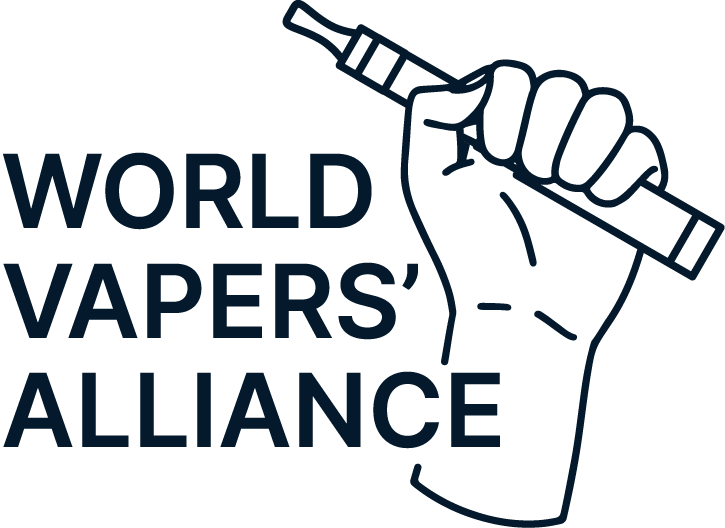Nedavni studija potaknuo je znatnu raspravu tvrdnjom o potencijalnim kancerogenim rizicima povezanim s okusima vapinga, ali dublji pogled otkriva temeljne nedostatke u njegovoj metodologiji. Smatramo da je ključno razjasniti ove točke radi točnijeg razumijevanja.
Studija tvrdi da se piroliza, proces razgradnje materijala na visokoj temperaturi, događa tijekom vapinga i može dovesti do stvaranja toksičnih spojeva. Međutim, ta pretpostavka nije u skladu s tipičnim uvjetima korištenja i rada e-cigareta. Uvjeti modelirani u studiji ne pokazuju relevantnost za način na koji se e-cigarete zapravo koriste, što dovodi u sumnju zaključke o toksičnosti.
Toksičnost ne ovisi samo o prisutnosti određenih spojeva već i o njihovim koncentracijama. Studija previđa tu činjenicu fokusirajući se na samu prisutnost tih spojeva u umjetno izazvanim uvjetima. Ovaj propust iskrivljuje stvarni profil rizika e-cigareta pri normalnoj upotrebi.
Profesor Konstantinos Farsalinos pruža uvid u problem takvim pristupom. Ističe da bismo, ako bismo primijenili isto razmišljanje na bilo koju kuhanu hranu pod pretpostavkom pirolize na visokim temperaturama, pogrešno zaključili da su mnoge uobičajene namirnice kancerogene. Ova analogija naglašava da se studija u biti bavi teorijskom vježbom, a ne analizom vapinga u stvarnom svijetu.
Profesor Roberto Sussman uspoređuje automobilsku industriju, napominjući da je tvrdnja da su automobili vrlo opasni na temelju njihove sposobnosti da postignu brzinu od 250 km/h zavaravajuća. Takve brzine nisu tipične za svakodnevnu vožnju, baš kao što su ekstremni uvjeti pretpostavljeni za vaping u studiji daleko od načina na koji se e-cigarete općenito koriste. Baš kao što se automobili rutinski ne voze trkaćim brzinama, e-cigarete obično ne rade na načine koji izazivaju pirolizu.
Zaključno, pristup studije preuveličava potencijalne štete vapinga predlažući scenarije koji nisu reprezentativni za normalnu upotrebu e-cigareta. Za one koji nisu znanstvenici, a žele razumjeti valjanost takvih studija, važno je prepoznati ta pretjerivanja i usredotočiti se na podatke koji odražavaju stvarne uvjete korištenja.
Pogledajte ovo pošta za dublju analizu i jednostavno objašnjenje ovih problema za one koji nisu znanstvenici poput mene.








Jedan odgovor